The Gulf of Mexico is not just a blue patch on the map; it’s a living machine that stitches together coral gardens, seagrass plains, river-plumed shelves, and deep-sea canyons into one booming engine of life. Ocean scientists describe it as a crossroads where tropical warmth meets continental rivers and fast-moving currents, creating habitats that stack up like floors in an underwater city. The result is an astonishing range of species – from tiny plankton that ignite the food web to whale sharks that sweep through like gentle zeppelins. The mystery is how all these moving parts fit so neatly, even as storms, human industry, and shifting climate patterns keep tugging at the gears. The story unfolding offshore isn’t just natural history; it’s a real-time experiment in resilience, with lessons that could shape how we care for coasts everywhere.
The Hidden Clues
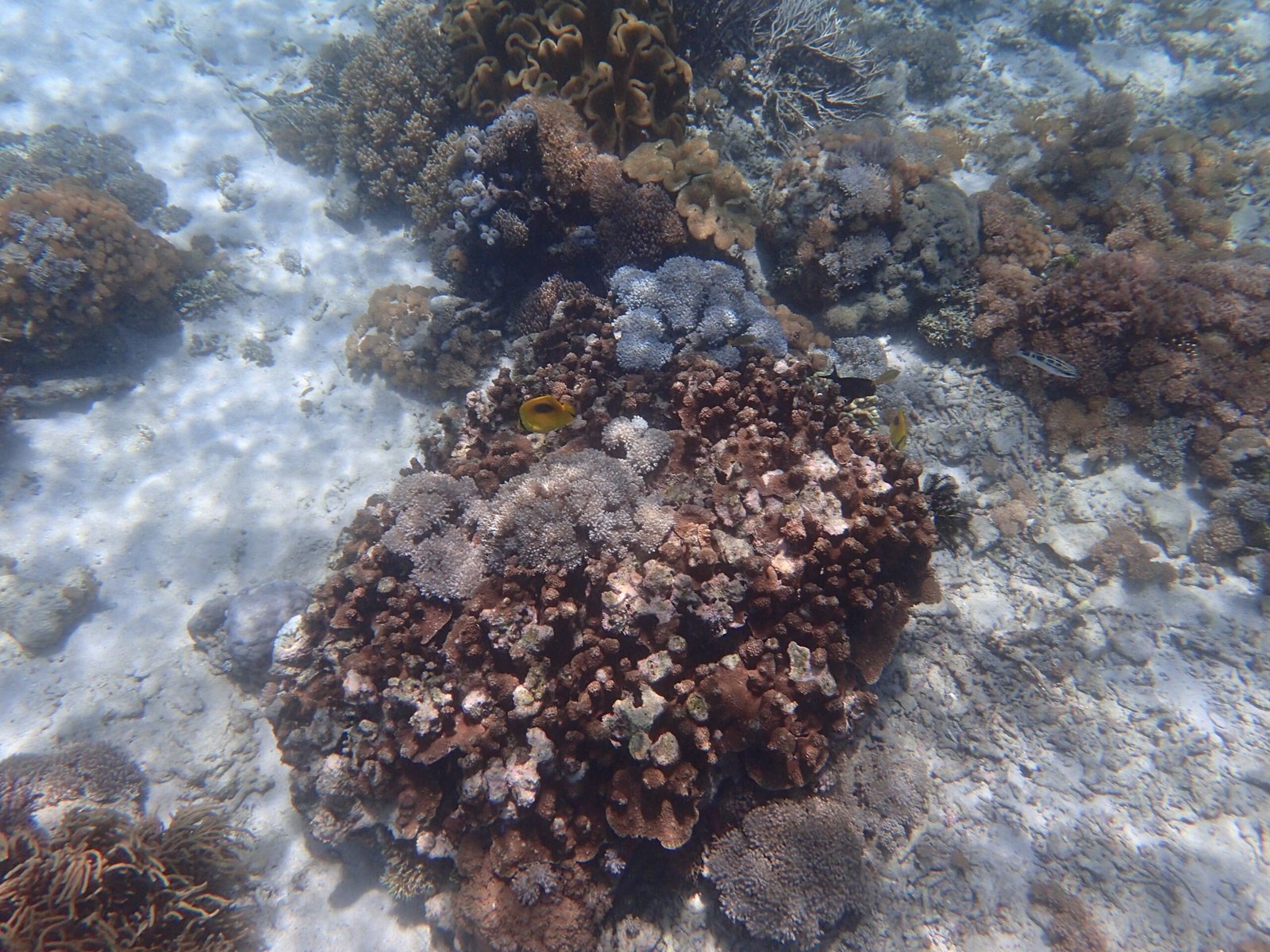
Here’s the hook that surprised me the first time I joined a research boat off Texas: the water looked ordinary, but every meter told a different story. One plankton tow hauled up a neon confetti of life, while a dip camera revealed juvenile fish sheltering in drifting seaweed just a wave away. That patchiness is the Gulf’s secret – it’s not uniform, it’s mosaicked, and diversity loves mosaics. Scientists map these micro-worlds like detectives, tracing the fingerprints of temperature, salinity, and light to explain why life clumps here and thins there. The Gulf rewards curiosity because it changes over miles, not just across states.
I kept a notebook that day filled with small shocks: a burst of flying fish at dusk, a sargassum crab hitching a ride on our instrument line. Those tiny encounters add up to an ecological pattern you can feel in your bones. Biodiversity thrives where edges meet, and the Gulf is all edges – between fresh and salt, shallow and deep, calm shelf and restless current. It’s less a single sea and more a neighborhood of seas sharing the same address.
River Engines and Blue Highways
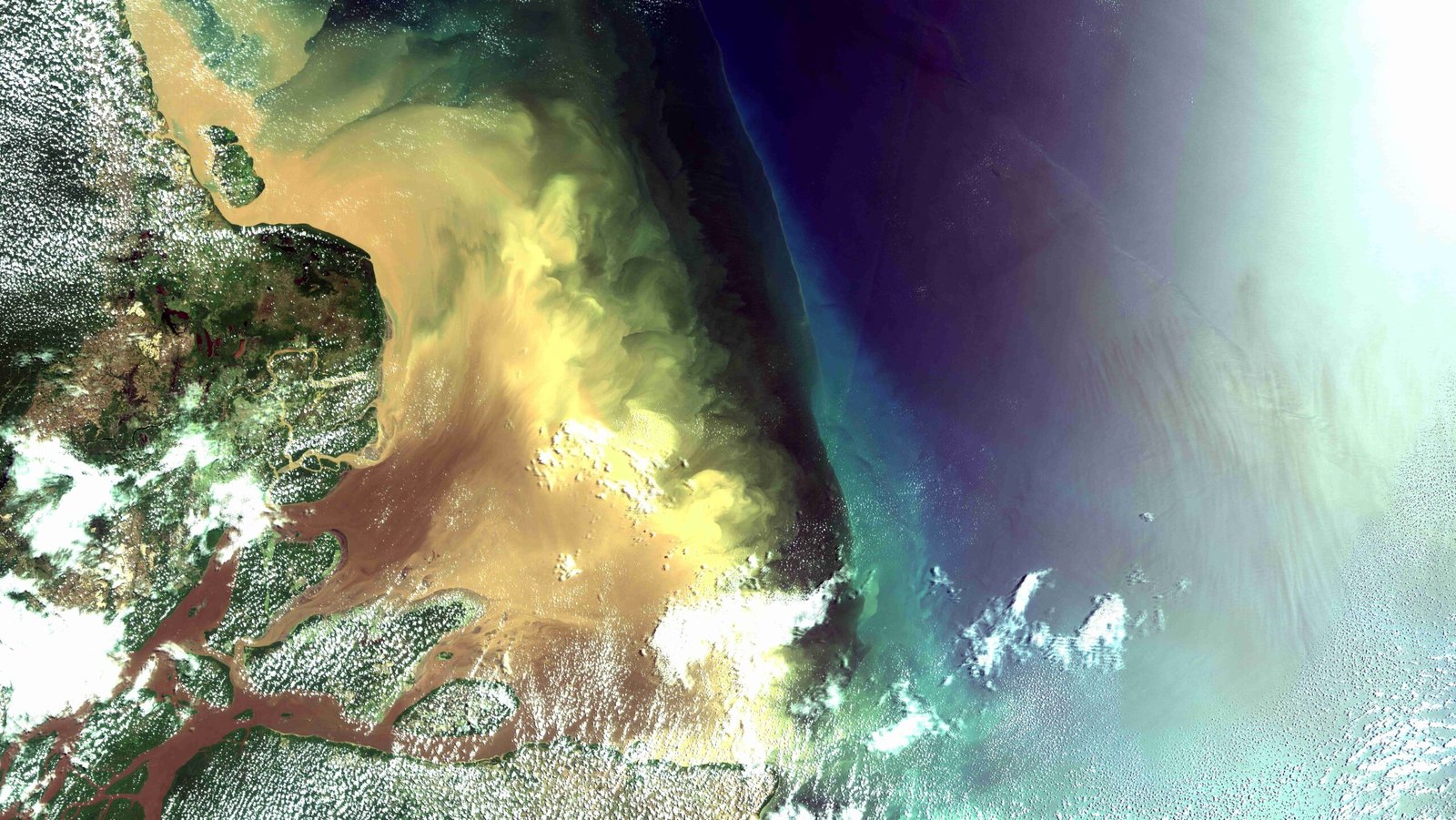
The Mississippi and a constellation of smaller rivers pour nutrients into the northern Gulf, fertilizing vast plankton blooms that feed shrimp, menhaden, and everything that eats them. This nutrient pulse is like spring rain for the ocean, but it comes with a catch: too much fertilization can drive seasonal low-oxygen zones on the seafloor. Managers and scientists now track how timing, flow, and wind patterns tip the balance between productivity and stress. Meanwhile, the Intracoastal and coastal currents act as blue highways, moving larvae along the shoreline to nurseries they’ll need. Where river plumes blend with clear marine water, you can almost see the food web knitting itself in real time.
Estuarine inlets, bays, and sounds become staging grounds during certain tides, drawing in young fish and pushing out plankton like a heartbeat. This rhythm doesn’t happen by accident; it’s choreographed by river discharge, tides, and seasonal winds. When those cues line up, the coast becomes a conveyor belt of life, and the shelf responds like a well-tuned drum.
The Loop Current’s Secret Conveyor
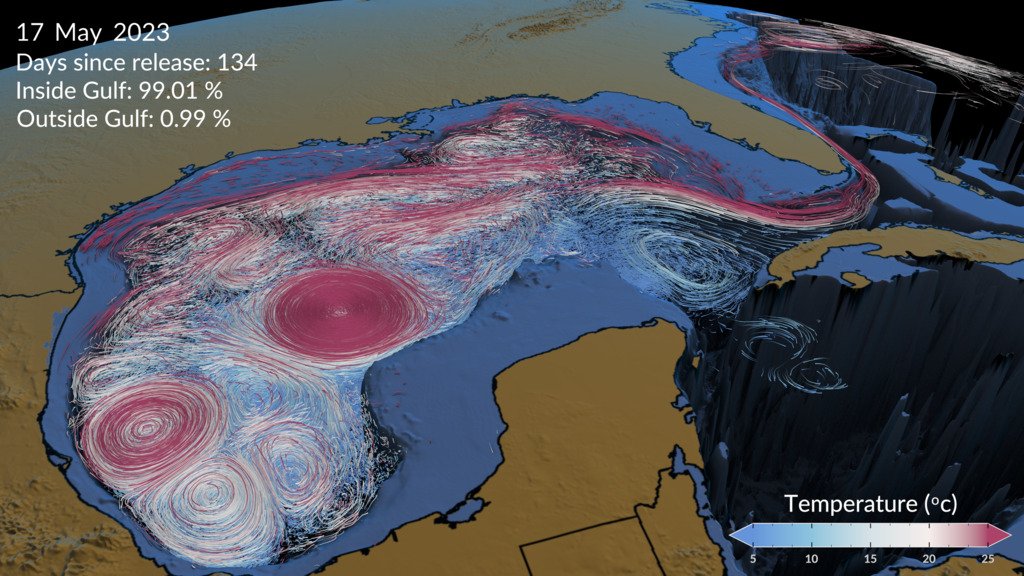
Far offshore, the Loop Current snakes north from the Caribbean before curling back toward the Florida Straits, shedding warm eddies that pinwheel across the Gulf. These eddies can be hundreds of kilometers wide, and their edges stir nutrients up from depth, sparking bursts of plankton and predators. For species like Atlantic bluefin tuna that spawn in the Gulf’s warm pockets, this moving architecture is everything – it shapes where larvae drift and whether they find food. Whale sharks, mahi, and billfish ride along the ocean’s invisible escalators, congregating where physics creates feast lines. The current is not just motion; it’s organization.
Oceanographers track these swirls with satellites and drifting floats, reading sea-surface height like a secret code. When an eddy brushes the shelf break, reefs and banks light up with life, as if someone turned the dimmer switch to bright. In a good year, the Gulf feels like a symphony conducted by currents you can’t see but can absolutely measure.
Reefs at the Edge – From Banks to Rigs
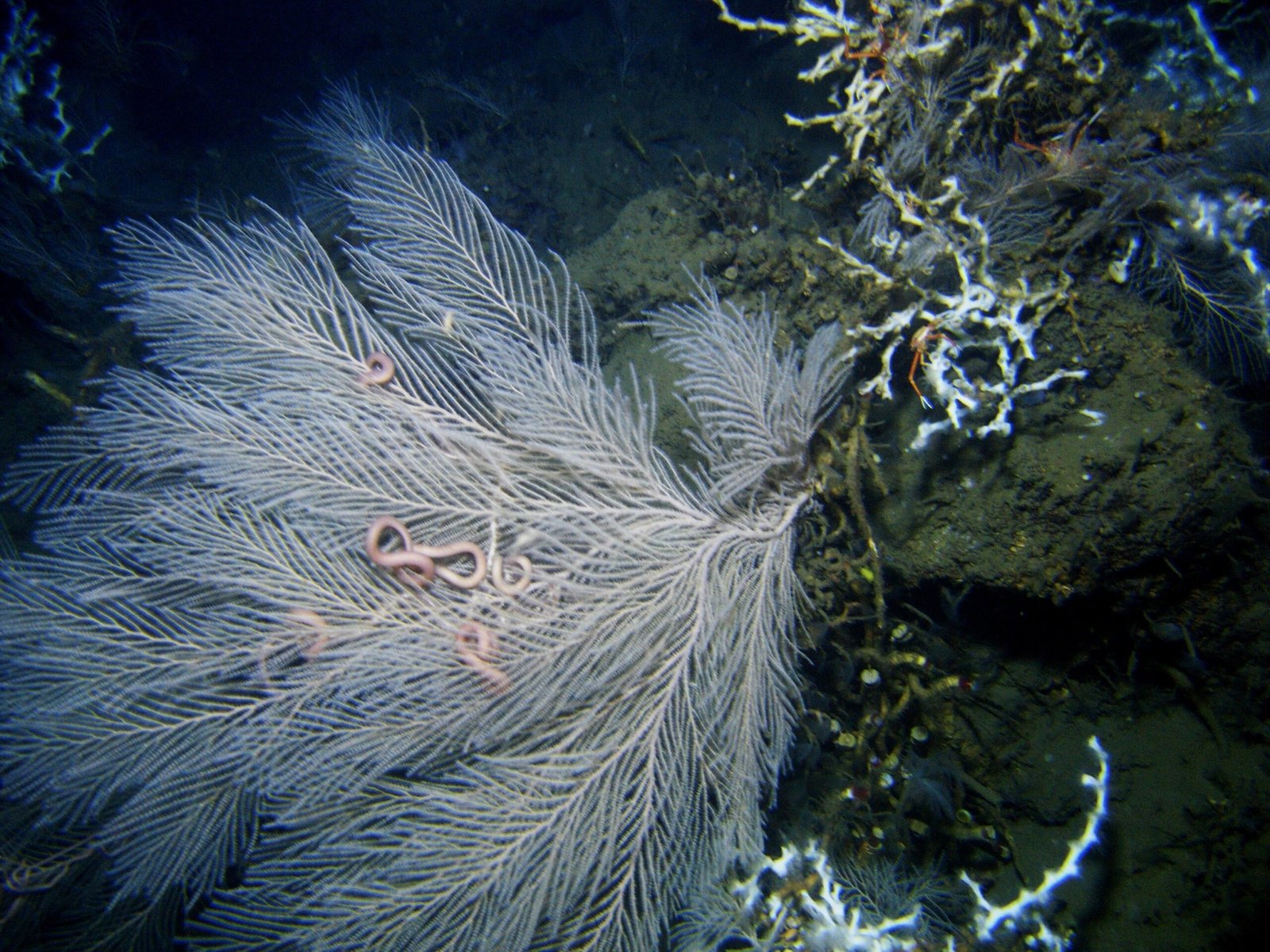
Along the outer shelf, drowned coral caps and rocky banks rise into the light, including notable coral communities that contribute to the region’s biodiversity. Hard corals mingle with sponges, parrotfish browse like lawn mowers, and brittle stars weave through the night. These outposts sit like stepping-stones for species moving between the Caribbean and the Gulf. They’re also sentinels, sensitive to temperature spikes and storms, which makes them early-warning systems for change. When reefs flare with spawning events, the water turns into a snow globe of new beginnings.
Nearby, towering energy platforms have unintentionally joined the habitat map, acting as artificial reefs that host barnacles, corals, baitfish, and larger predators. Scientists debate how much these structures boost overall production versus simply attracting fish, but on a dive the difference feels academic – you see life stacked from the surface to the shadows. The blend of natural banks and steel forests creates vertical neighborhoods that few other seas can match. It’s messy, modern ecology, and the fish don’t seem to mind the postal code.
Estuary Nurseries and Coastal Shields
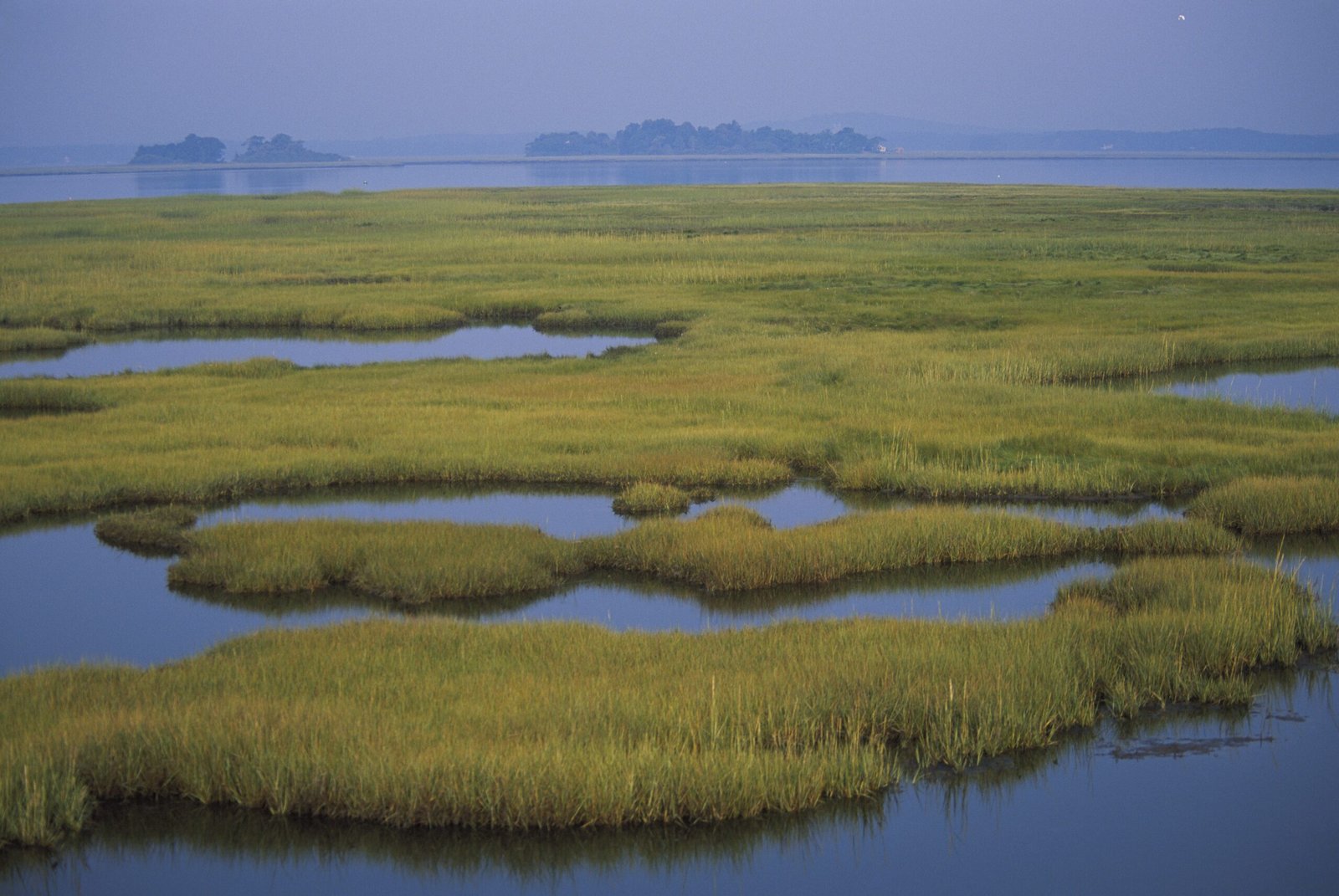
Behind barrier islands, sprawling seagrass meadows, oyster reefs, and salt marshes turn sunlight into habitat at astonishing speed. Juvenile snapper tuck into seagrass blades, drum and redfish prowl the edges, and oysters filter the water like quiet machines. Mangroves have crept northward where winters have softened, knitting root mazes that cradle young fish and dampen storm surge. These systems do double duty: they raise the next generation and protect coastal communities from flooding. When healthy, they are living infrastructure that pays dividends long after hurricane season ends.
The catch is that nurseries are sensitive to pollution, dredging, and shoreline hardening. Restore the marsh, and you often bring back the fish; degrade it, and the losses ripple outward to the shelf. In the Gulf, conservation frequently starts at the bay mouth, not the blue horizon, because that’s where life takes its first breath.
Deep Secrets: Cold Seeps and Corals
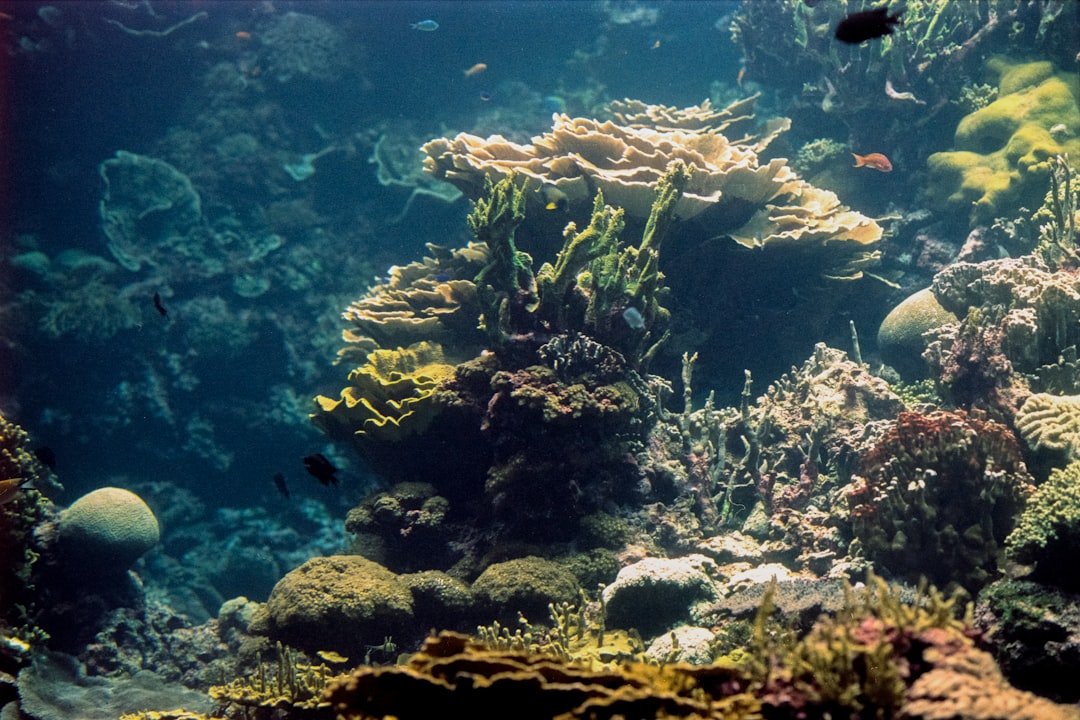
Drop past the photic zone and the Gulf changes character, revealing cold seeps where hydrocarbons bubble from the seabed and chemosynthetic communities flourish. Tubeworms, mussels, and specialized microbes make a living without sunlight, turning chemistry into calories. Nearby, ancient deepwater corals grow slowly along ledges and knolls, forming fragile groves that shelter fish and invertebrates. These habitats are time capsules, some centuries old, and they tell stories about currents, sediment, and climate written in their skeletons. Protecting them is like safeguarding a library you can’t replace.
Research submersibles and remotely operated vehicles have mapped scores of these sites, showing that the Gulf’s biodiversity stretches from sunlit grassbeds to black-water ridges. It’s easy to overlook this realm if you only judge by surface calm. Down there, life plays by different rules, but it plays all the same – patient, intricate, and tough.
From Nets to Satellites: How We Know
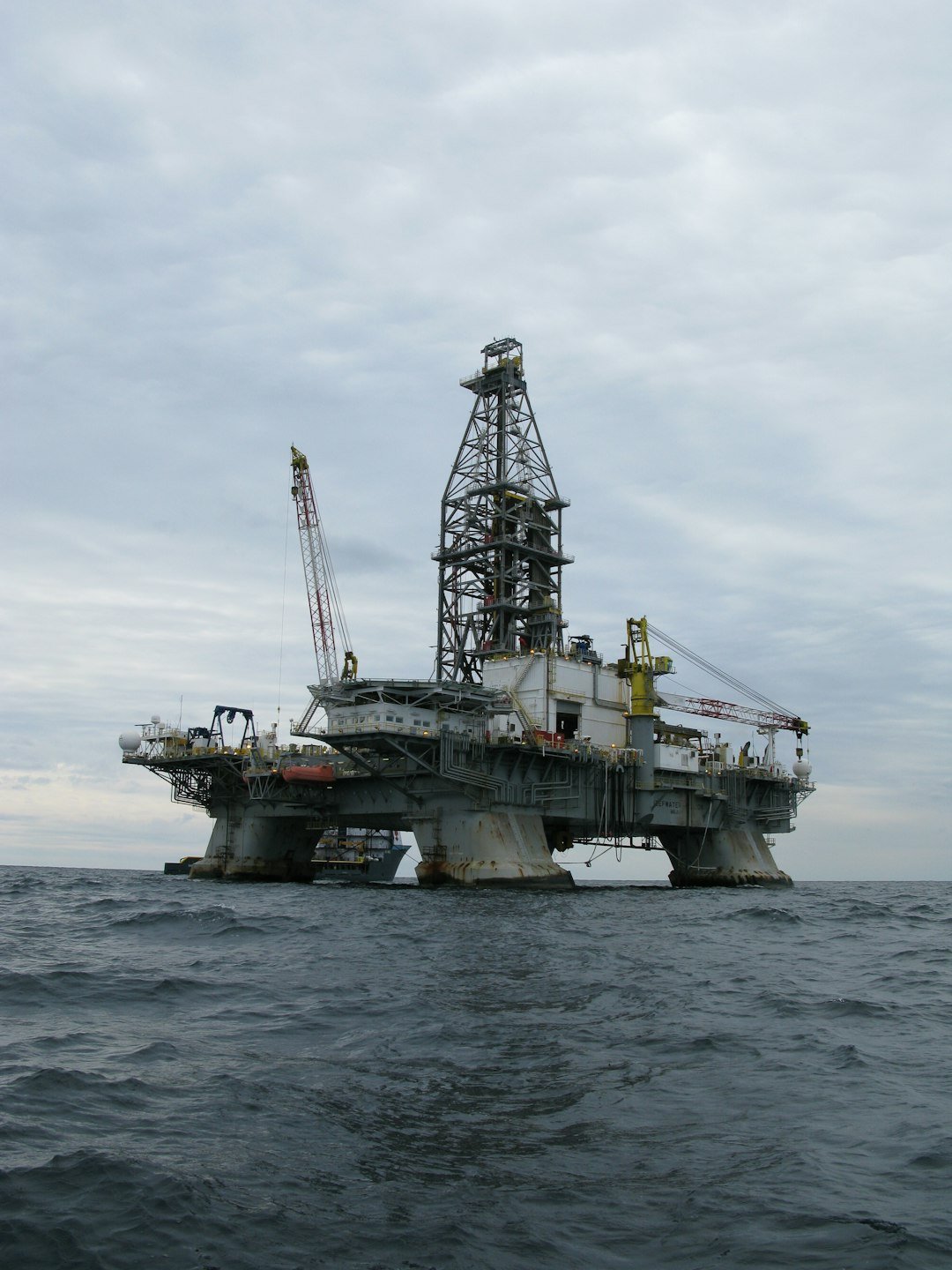
Today’s Gulf science blends old-school trawls with cutting-edge tools, and that fusion explains why confidence in the biodiverse picture keeps rising. Acoustic surveys trace fish schools in 3D, environmental DNA reveals who swam by hours earlier, and autonomous gliders ride beneath storms where ships cannot go. Satellite altimetry tracks eddies, while color sensors watch plankton blooms flicker like city lights at night. Long-term monitoring programs stitch these snapshots into movies, showing patterns that single cruises would miss. The more layers scientists add, the more the mosaic sharpens into a map you can use.
This data-rich approach isn’t just fancy; it’s practical. It helps managers adjust fishing seasons, refine protected areas, and forecast hypoxia risk before it bites hard. If the Gulf is a complex machine, these tools are the gauges and dashboards keeping it from overheating.
Why It Matters
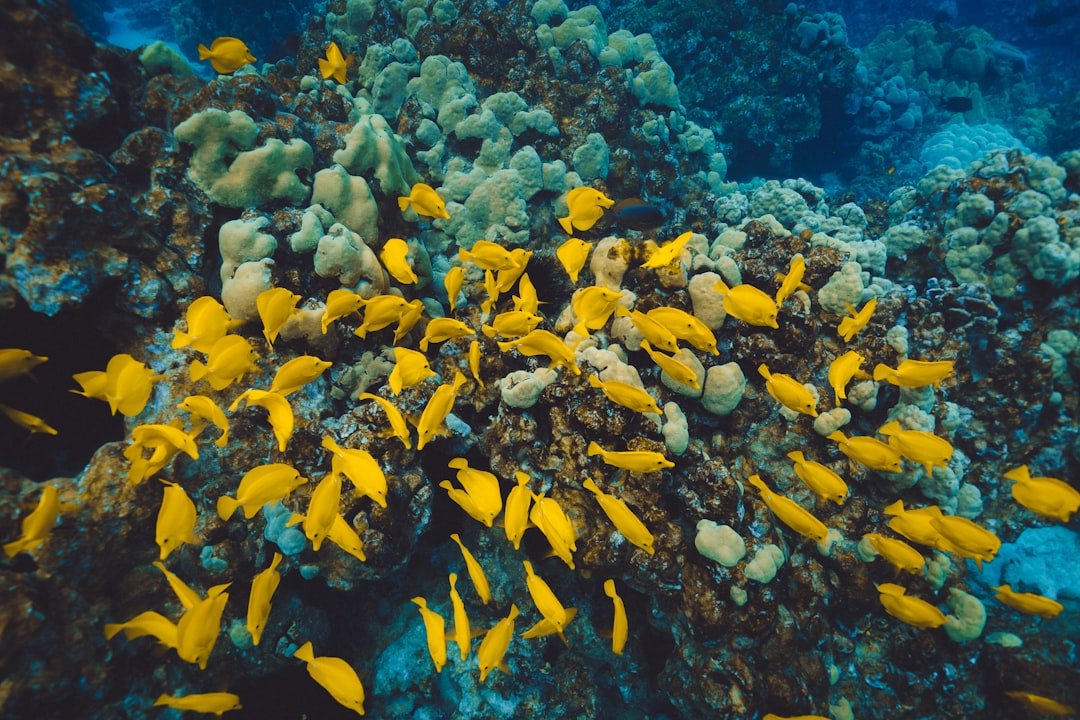
Biodiversity is not a luxury item; it’s the operating system that keeps the Gulf’s economy and culture running. Fisheries, tourism, and storm protection all lean on sturdy food webs and healthy habitats, whether you’re eating oysters in a coastal town or watching dolphins from a pier. Compared with the old view of oceans as boundless, the modern Gulf looks finite and finely tuned, and that realization forces better decisions. Diverse ecosystems bounce back faster after shocks, spreading risk the way a balanced portfolio steadies a market. In plain terms, more kinds of life mean more ways to cope when trouble hits.
Think of the Gulf as a neighborhood bake sale where everyone brings something different – lose enough dishes, and the table stops making sense. Keeping the menu varied is how you keep the party going, season after season. That’s why scientists push for stewardship that honors complexity instead of flattening it for short-term gain.
The Future Landscape
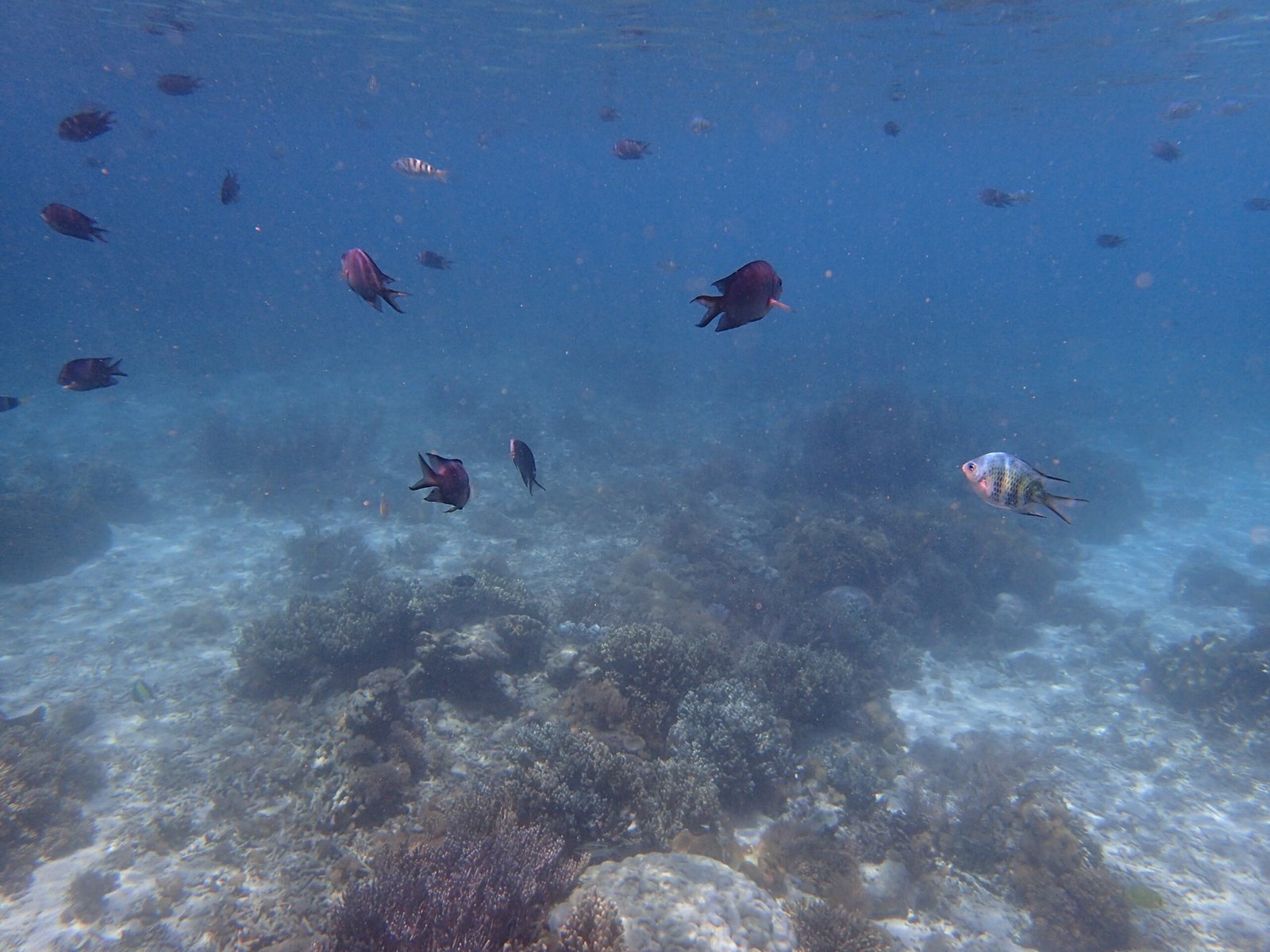
The next decade will test the Gulf’s balancing act as seas rise, storms intensify, and heat waves press corals and seagrass to their limits. Expect smarter restoration that links marsh creation with oyster reef building, giving fish nurseries and shorelines a two-for-one lift. Offshore, better forecasting of Loop Current eddies could help anticipate bluewater hotspots and reduce bycatch during spawning. New tech – smaller sensors, cheaper gliders, and community eDNA kits – will widen who gets to do science, from labs to local classrooms. The challenge is aligning policy with what the instruments already tell us: protect the places that make the most life, and the rest cascades outward.
International collaboration across the United States, Mexico, and Cuba will remain pivotal, because currents ignore borders even when politics cannot. If the Gulf is a shared vault of natural capital, then transparency, joint monitoring, and rapid data sharing are the bank’s security system. The choices made now will decide whether future researchers marvel at a thriving mosaic or annotate a cautionary tale.
Conclusion
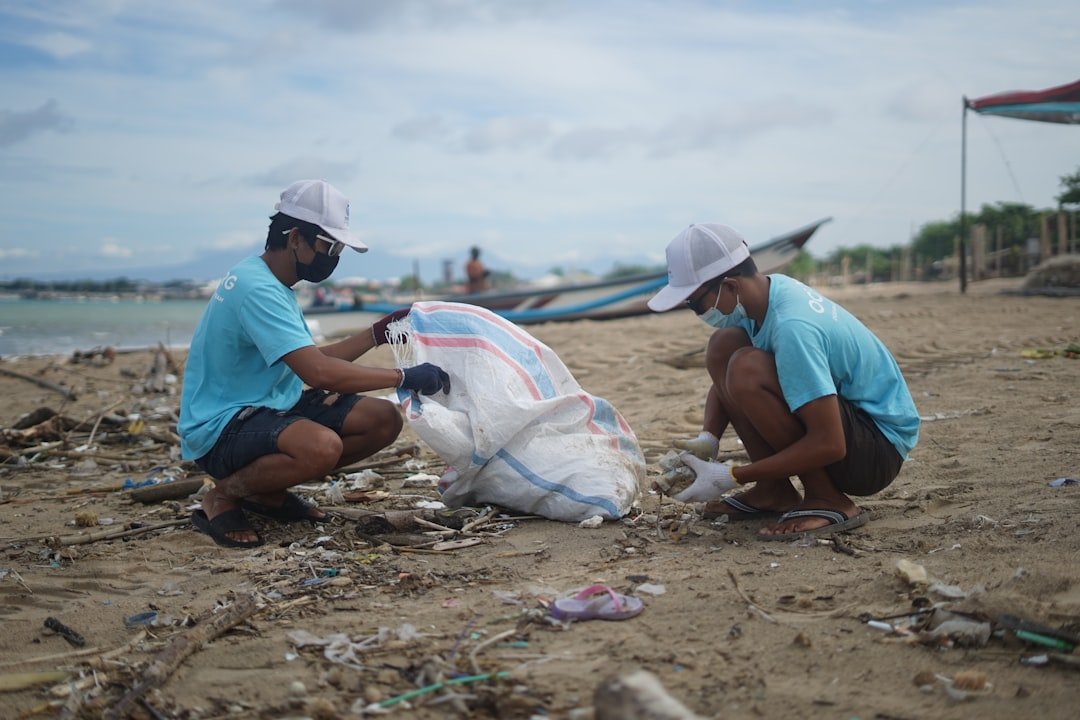
There are simple ways to help keep the Gulf’s biodiversity machine humming, no marine degree required. Support habitat restoration groups that rebuild marshes, oyster reefs, and dunes – they turn donations into durable habitat. Choose seafood from well-managed fisheries and local suppliers that back traceable practices, signaling demand for long-term thinking. At home, keep fertilizers and yard waste out of storm drains; small choices upstream lighten the load downstream where nurseries struggle. If you live near the coast, get involved with volunteer water monitoring or beach cleanups; if you’re inland, amplify Gulf science stories and vote for policies that fund monitoring and restoration.
The Gulf’s secret is that life thrives where edges meet; our job is to keep those edges alive and connected. The next time you see a weather map, remember there’s a hidden city beneath those contours, busy and bright. What part will you defend first?

Suhail Ahmed is a passionate digital professional and nature enthusiast with over 8 years of experience in content strategy, SEO, web development, and digital operations. Alongside his freelance journey, Suhail actively contributes to nature and wildlife platforms like Discover Wildlife, where he channels his curiosity for the planet into engaging, educational storytelling.
With a strong background in managing digital ecosystems — from ecommerce stores and WordPress websites to social media and automation — Suhail merges technical precision with creative insight. His content reflects a rare balance: SEO-friendly yet deeply human, data-informed yet emotionally resonant.
Driven by a love for discovery and storytelling, Suhail believes in using digital platforms to amplify causes that matter — especially those protecting Earth’s biodiversity and inspiring sustainable living. Whether he’s managing online projects or crafting wildlife content, his goal remains the same: to inform, inspire, and leave a positive digital footprint.




